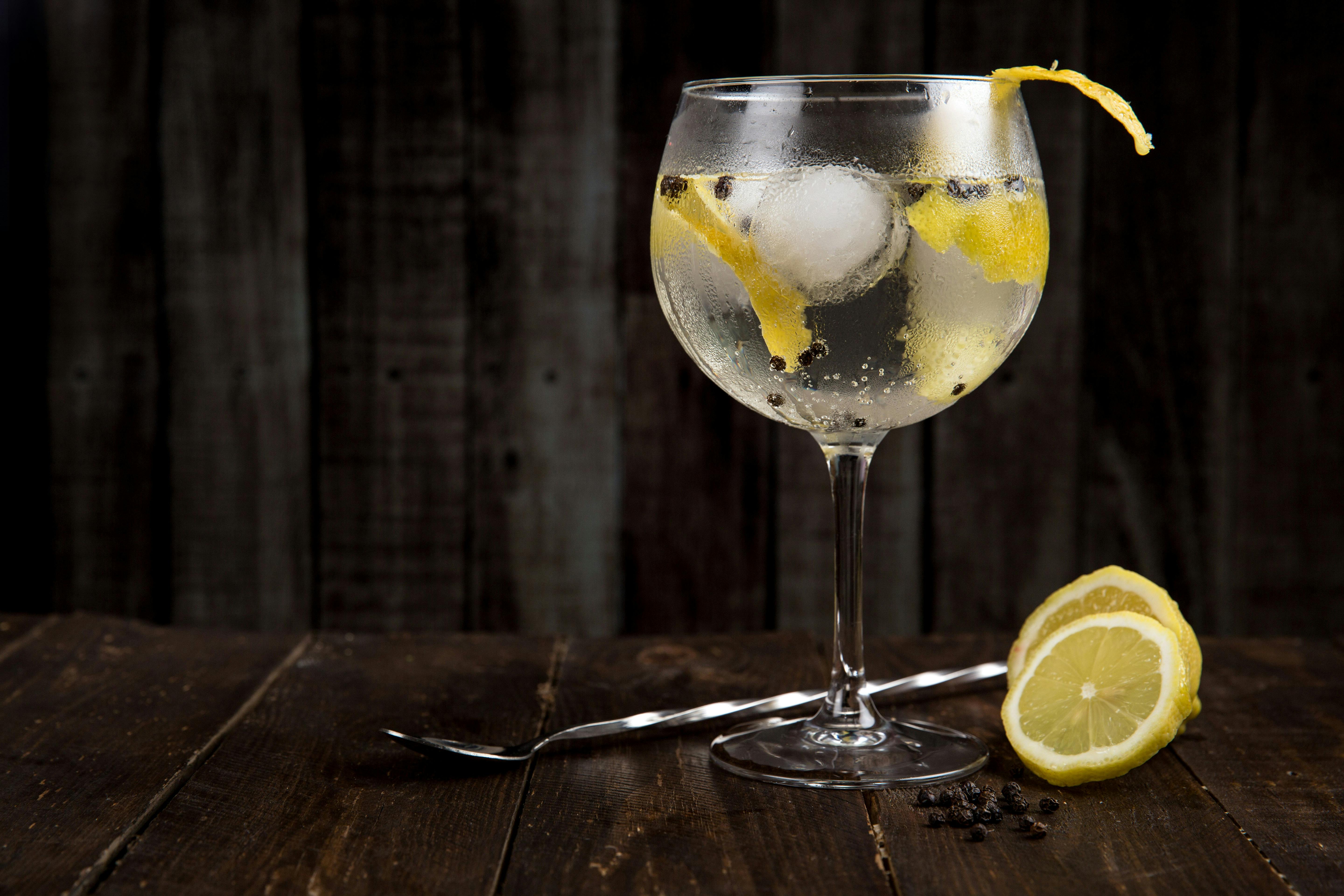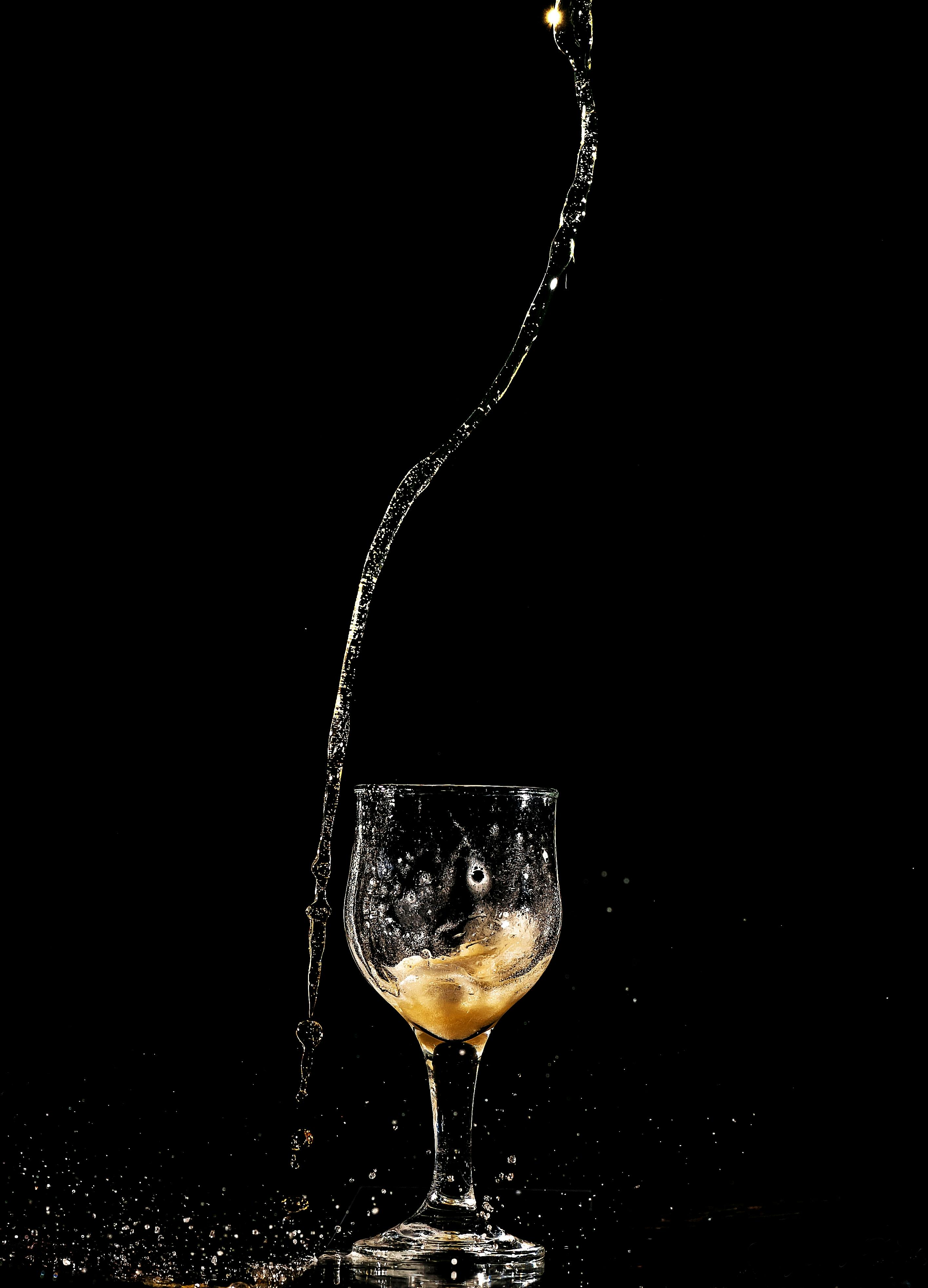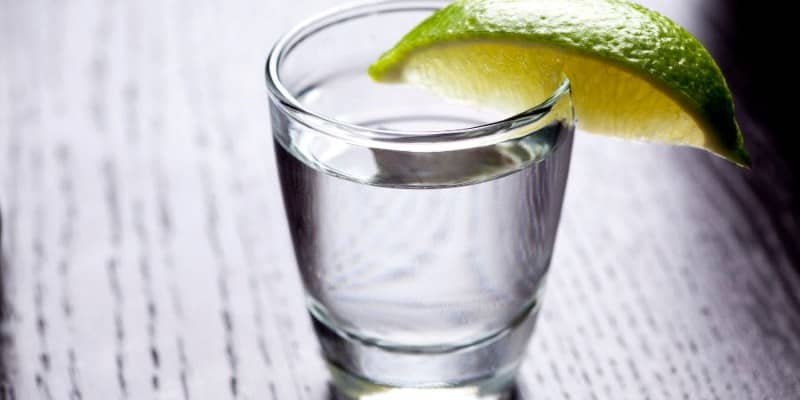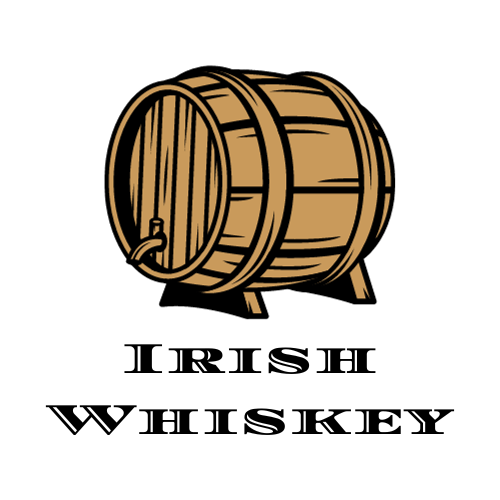Do you’ve always enjoyed a good vodka cocktail, but have you ever wondered what exactly goes into making this popular spirit? In this article, we’ll delve into the fascinating world of vodka production and explore the ingredients used to create this clear, versatile drink.
Vodka can make from a variety of sources, ranging from traditional grains like wheat and rye to more unconventional ingredients such as potatoes, grapes, and even milk. So sit back, relax, and let’s uncover the secrets behind what makes a great vodka.
Distillation Process
Fermentation
Fermentation is the first step in the distillation process of vodka production. The process involves converting the starches in the ingredients into sugars, which yeast can then ferment to produce alcohol. In the case of vodka, the primary ingredient used for fermentation is usually grains like wheat, barley, or corn. You grind these grains into a fine powder and then mix them with water to form a mash. To initiate the fermentation process, you add yeast to the mash, which converts the sugars in the grains into alcohol.
Distillation
After the fermentation process is complete, the liquid obtained from the fermentation, known as the wash, undergoes distillation. Distillation is the process of separating alcohol from the wash by heating it up and collecting the vapor that is produced. The vapor is then cool and condensed back into a liquid form, resulting in a higher concentration of alcohol. This process is typically repeat multiple times to ensure that the vodka is as pure and smooth as possible.
Redistillation
Once the initial distillation process is completed, some vodka producers choose to redistill the spirit. Redistillation helps further purify the vodka and remove any impurities or unwanted flavors that may have been carried over from the fermentation or initial distillation stages. Redistillation can enhance the overall quality and taste of the vodka, resulting in a more refined and enjoyable drinking experience.
Rectification
Rectification is the final step in the distillation process of vodka production. It involves additional distillation and purification to remove any remaining impurities. This step is crucial for achieving the highest level of purity and ensuring that the vodka meets the desired standards. Rectification helps to eliminate any lingering flavors or aromas that may have been present in the vodka before this stage. It contributes to the smoothness and clarity of the final product.
Ingredients

This image is property of images.pexels.com.
Neutral Grain Spirit
Neutral grain spirit is the base ingredient in vodka production. It is a high-proof, colorless, and odorless alcoholic liquid that serves as a blank canvas for the flavors and characteristics that will be added later in the process. The neutral grain spirit is typically made from grains such as wheat, corn, or barley. The selection of the grain used can greatly affect the final taste and quality of the vodka.
Water
Water is a vital component in the production of vodka. It is used at various stages, including the fermentation, dilution, and bottling processes. The quality of the water source can significantly impact the final taste and purity of the vodka. Distilleries often take great care in selecting and purifying the water they use to ensure it is free from impurities and contaminants.
Additives
Additives are optional ingredients that may be added to vodka to enhance its flavor, aroma, or appearance. These can include natural flavors, sweeteners, and colorings. Additives are carefully selected to complement or enhance the base spirit, creating a unique and enjoyable tasting experience for consumers. However, it is important to note that some purists believe that vodka can make without any additives, as it is traditionally a pure and unflavored spirit.
Neutral Grain Spirit
Grain Selection
The choice of grains used in the production of neutral grain spirit has a significant impact on the flavor and character of the final vodka. Different grains can impart distinct qualities, ranging from a smooth and subtle taste to a more robust and earthy profile. Commonly used grains include wheat, corn, barley, and rye. Each grain brings its unique characteristics to the spirit, allowing vodka producers to create a wide range of flavor profiles.
Mashing
Mashing is the process of converting the starches in grains into sugars, which can be fermented by yeast to produce alcohol. The grains are ground into a fine powder and mixed with water to form a mash. The water helps break down the starches in the grains, converting them into fermentable sugars. The mash is then heated to activate enzymes that facilitate the conversion process.
Fermentation
After mashing, the resulting liquid, known as the mash, is ready for fermentation. Yeast is added to the mash, initiating the fermentation process. The yeast consumes the sugars in the mash and converts them into alcohol, producing a liquid called the wash. The wash is typically low in alcohol content but serves as the foundation for vodka production.
Water
Water Source
The quality and composition of the water used in vodka production greatly influence the final product. Vodka distilleries often seek out pristine water sources, such as natural springs or wells, to ensure the water is pure and free from contaminants. The water source can contribute subtle nuances to the vodka’s taste, making it important to choose the right water to achieve the desired flavor profile.
Purification Process
To ensure the water used in vodka production is free from impurities, it undergoes a purification process. This process typically involves filtration through activated carbon filters and other purification methods to remove any unwanted particles, chemicals, or flavors. Purifying the water helps maintain the integrity and purity of the vodka, ensuring that it is a clean and enjoyable spirit.
Additives
Natural Flavors
Natural flavors are often add to vodka to provide a unique taste experience. These flavors can be derive from various fruits, herbs, spices, or botanicals. Natural flavorings enhance the vodka’s overall profile, adding depth and complexity. The careful selection and infusion of natural flavors contribute to the creation of flavored vodkas, offering consumers a wide range of options to suit their preferences.
Sweeteners
Some vodka producers choose to add sweeteners to their products to achieve a desired level of sweetness. These sweeteners can be derived from sugar, honey, agave, or other natural sources. Sweeteners can enhance the flavor profile, balancing any bitterness or harshness that may be present in the vodka. However, it is important to note that not all vodkas contain sweeteners, as many traditional vodkas are made without any additional sugars.
Colorings
Colorings are optional additives that can be use to give vodka a specific hue. While traditional vodkas are typically clear and colorless, some producers opt to add natural or artificial colorings to create visually appealing variations. Different colorings can impart subtle nuances to the vodka’s appearance, allowing for a more aesthetically pleasing and diverse range of options for consumers.
Flavoring and Filtration
It is the process of adding natural or artificial flavors to vodka to create specific taste profiles. Typically, this step finds application in flavored vodkas, wherein the infusion of fruits, herbs, spices, or other ingredients takes place into the spirit. The flavoring process can involve maceration, infusion, or other techniques to extract the desired flavors and aromas. Flavoring allows vodka producers to offer a wide range of options that cater to different tastes and preferences.
Filtration Methods
Filtration plays a crucial role in ensuring the clarity and purity of vodka. Various filtration methods effectively remove impurities and unwanted flavors, resulting in a smoother and cleaner spirit. One filtration method commonly employed is activate charcoal filtration, which aids in eliminating impurities and contaminants. Another technique utilized is cold filtration, which removes any remaining particles. These filtration methods contribute to the overall quality and smoothness of the vodka.
Activated Charcoal
Activated charcoal filtration is a popular method use to purify vodka. It involves passing the spirit through activated charcoal filters, which effectively absorb impurities and undesirable flavors. The activated charcoal acts as a natural filter, removing any impurities that may have been present in the vodka. This process helps refine the vodka, resulting in a smoother and more enjoyable drinking experience.
Cold Filtration

This image is property of images.pexels.com.
Types of Vodka
Unflavored Vodka
Unflavored vodka, also known as plain vodka, is the traditional and most common type of vodka. To achieve a high level of purity and smoothness, vodka is typically distill multiple times. Additionally, unflavored vodkas are known for their neutral taste and aroma, which allows the natural qualities of the base spirit to shine through. As a result, these versatile vodkas can be enjoy neat, on the rocks, or used as a base for cocktails.
Flavored Vodka
Flavored vodka is a popular variation that is infuse with additional flavors to enhance the taste and aroma. Fruits, herbs, spices, or other natural ingredients are use to impart unique flavors and create a more distinct drinking experience. Flavored vodkas can range from subtle and delicate to bold and intense, catering to a wide range of preferences. They can be enjoyable on their own, mixed into cocktails, or used to add a twist to traditional vodka-based drinks.
Infused Vodka
Infused vodka takes flavoring a step further by steeping the spirit with botanicals, fruits, or herbs for an extended period. This process allows the flavors to fully merge with the vodka, resulting in a more intense and concentrated taste. Infuse vodkas can make with a single ingredient or a combination of multiple ingredients, offering a variety of unique and complex flavor profiles. These vodkas are often sip neat or used to create sophisticated cocktails.
Also Check: How Many Calories In A Shot Of Vodka (Explained)
Standards and Regulations
Alcohol Percentage
Various governing bodies and organizations establish standards to regulate the alcohol percentage in vodka. To be deemed a true vodka in most countries, it must possess a minimum alcohol content of 40% ABV (alcohol by volume). This requirement ensures the authenticity and quality of the vodka. This ensures that the spirit is strong enough to be classified as a distilled spirit and maintains a consistent level of potency across different brands and varieties.
Country-Specific Regulations
Different countries have their regulations and standards for the production and labeling of vodka. These regulations can vary in terms of the allowed ingredients, labeling requirements, and production methods. Vodka produced in specific regions such as Russia, Poland, or Sweden may adhere to traditional production techniques and abide by specific regulations to ensure the integrity and authenticity of their products.
Certifications
Certain certifications and appellations can help consumers identify high-quality vodkas that meet specific standards. The vodka certifications confirm that the product adheres to established guidelines, undergoes thorough testing, and undergoes inspection. Examples of certifications include the Russian Standard certification, which ensures adherence to traditional Russian vodka production methods, and the Kosher certification, which indicates that the vodka is suitable for consumption according to Jewish dietary laws.

Popular Brands
Absolut
Absolut is a renowned Swedish vodka brand that has become synonymous with quality and craftsmanship. It is known for its distinctive apothecary-style bottle and wide range of flavorful vodkas. Absolut its producers use winter wheat sourced from a single estate in southern Sweden, guaranteeing a consistent and smooth flavor profile. The brand places great emphasis on sustainability and environmentally friendly practices throughout its production process.
Smirnoff
The globally recognized hard drink brand, Smirnoff, has earned its status as a household name for decades. Due to its affordability and versatility, Smirnoff hard drink remains a popular choice for both casual and professional bartenders. Smirnoff hard drink undergoes triple distillation and charcoal filtration, which gives it a smooth and clean taste. The brand offers a diverse range of flavored vodkas, catering to a wide variety of tastes and preferences.
Grey Goose
Grey Goose, a premium French hard drink brand, earns renown for its luxury and elegance. This is craft using high-quality French wheat and undergoes distillation in the Cognac region of France. The distillers of Grey Goose vodka craft it using artisanal methods that involve a unique five-step distillation process, resulting in a velvety texture and exceptional purity. The brand prioritizes the use of natural ingredients and prides itself on its commitment to producing a truly exceptional hard drink.
Different Uses of Vodka
Cocktail Ingredient
Cleaning Agent
Vodka’s high alcohol content and neutral properties also make it a useful cleaning agent. You can use vodka to disinfect surfaces, eliminate stains, or even revitalize fabrics. Vodka’s germ- and bacteria-killing ability makes it a practical substitute for traditional cleaning products, particularly when situations call for avoiding or not using harsh chemicals.
Preservative
hard drinks alcohol content and antimicrobial properties make it an excellent preservative for certain food items. One can preserve fruits, herbs, or other ingredients by soaking them in vodka. The alcohol helps inhibit the growth of bacteria or fungi, extending the shelf life of the preserved items. Additionally, it can be add to homemade extracts, tinctures, or infusions to preserve and enhance their flavors.
Conclusion
Vodka is a versatile and beloved spirit that has a rich history and a wide range of uses. Whether enjoyed on its own, used as a cocktail ingredient, or utilized for its cleaning or preserving properties, hard drink offers something for everyone.
The distillation process, choice of ingredients, and filtration methods employed by vodka producers all contribute to the unique characteristics and flavors of this beloved spirit. From traditional unflavored vodkas to an array of flavored and infused options, vodka continues to be a popular choice for those seeking a clean, crisp, and enjoyable drinking experience.


